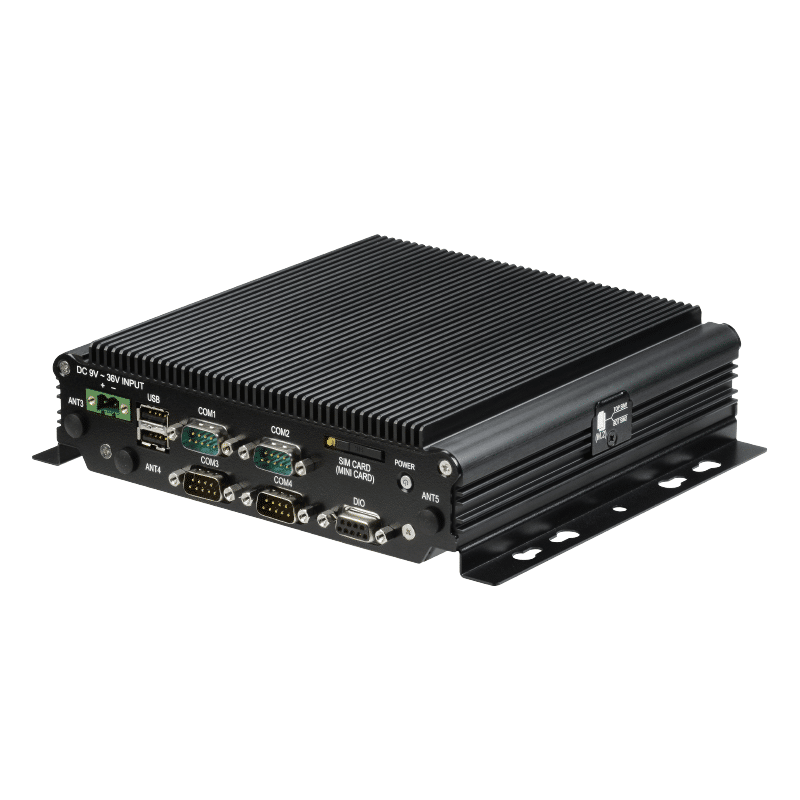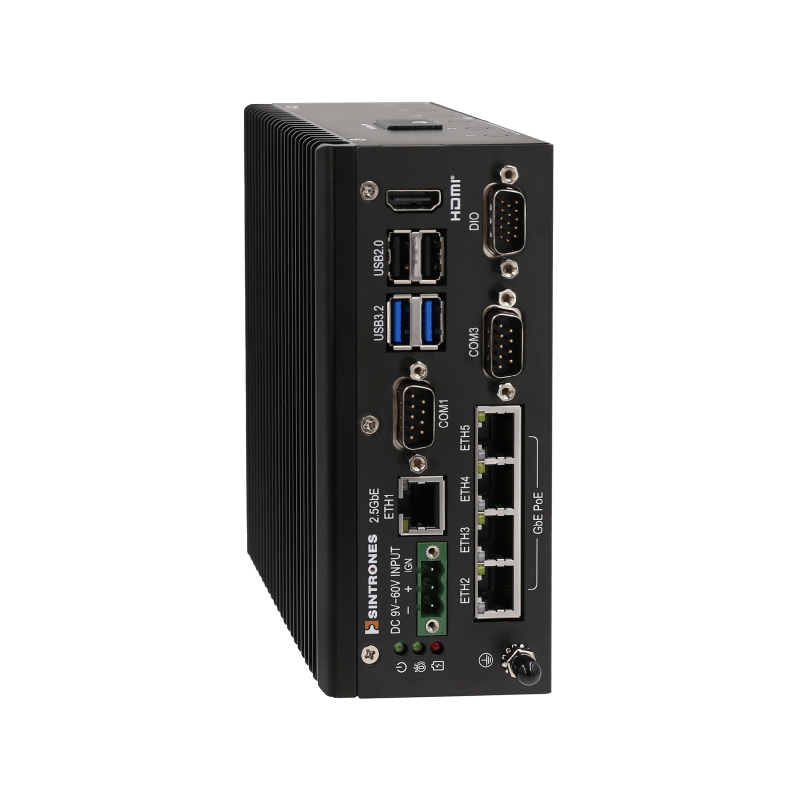
Intelligent Surveillance
Intelligent surveillance combines technologies like the Internet of Things (IoT), Artificial Intelligence (AI), and data analysis. It upgrades traditional surveillance systems to more innovative and efficient solutions using sensors, cameras, network connections, and intelligent analysis algorithms. The innovative monitoring application solution uses advanced technologies and systems to apply monitoring and analysis functions to various scenarios to achieve more efficient and innovative monitoring and management. The intelligent monitoring system uses advanced technology and algorithms to provide more intelligent and efficient monitoring solutions. It provides real-time monitoring, intelligent analysis, remote access, and control to improve security, increase efficiency and save costs.








